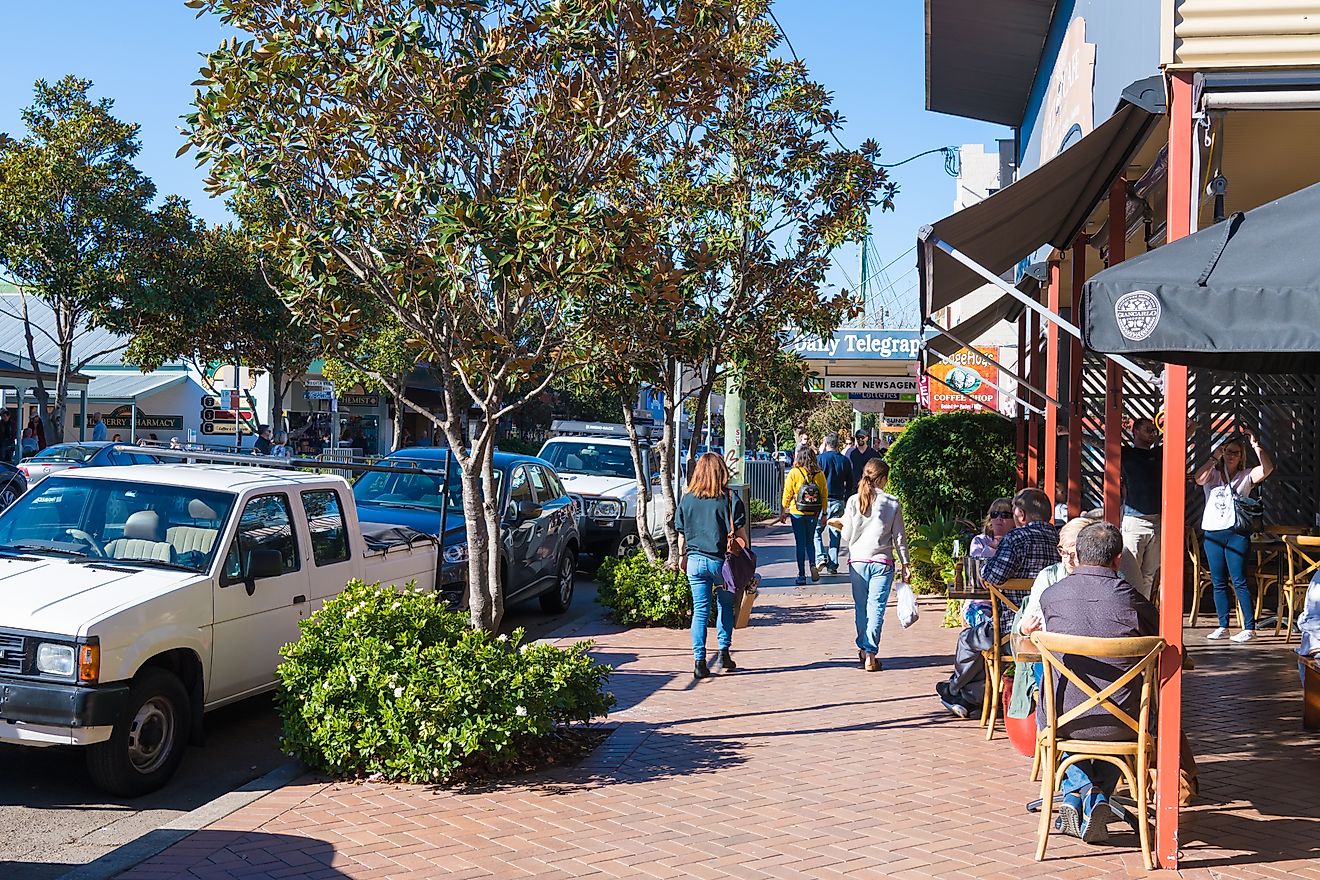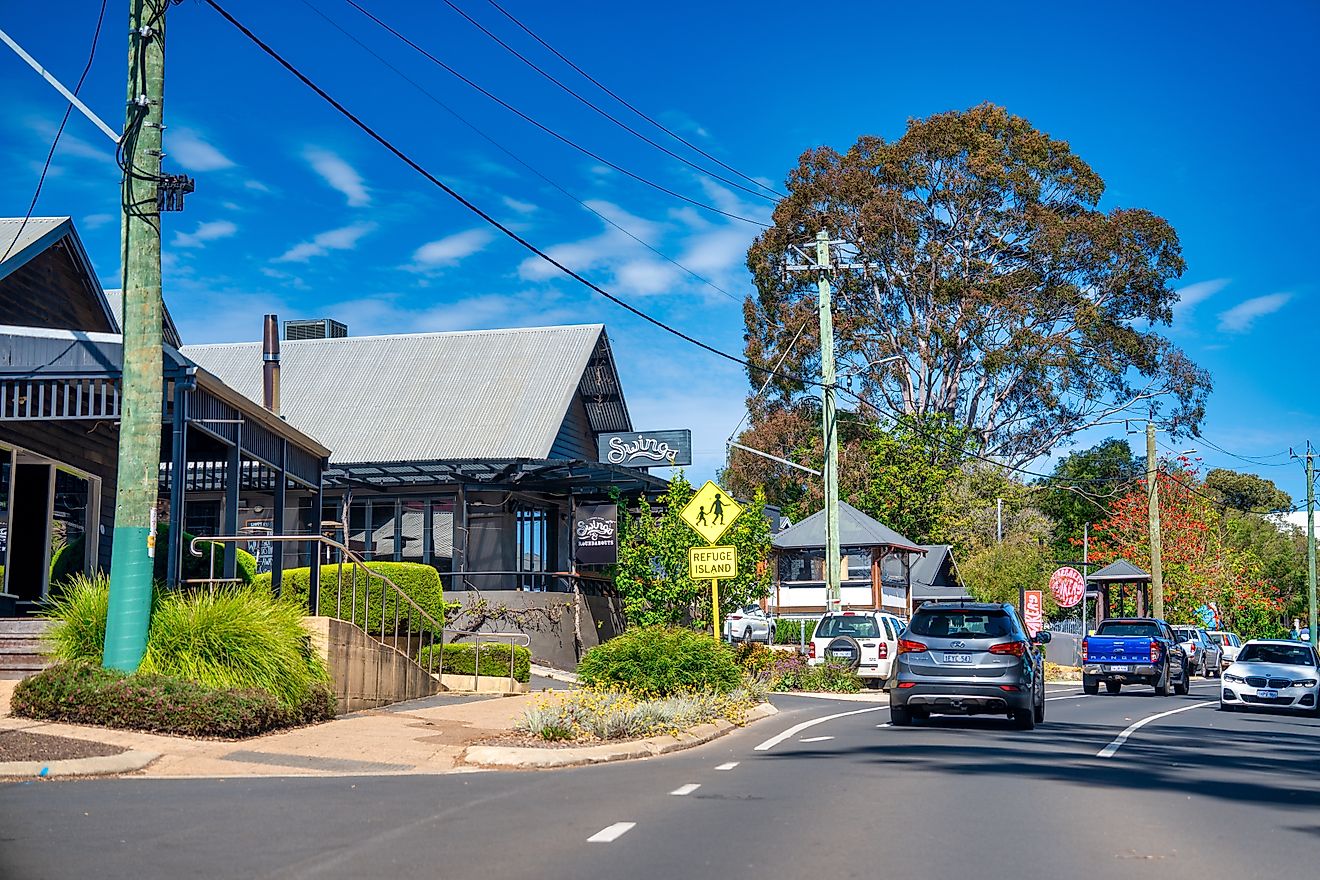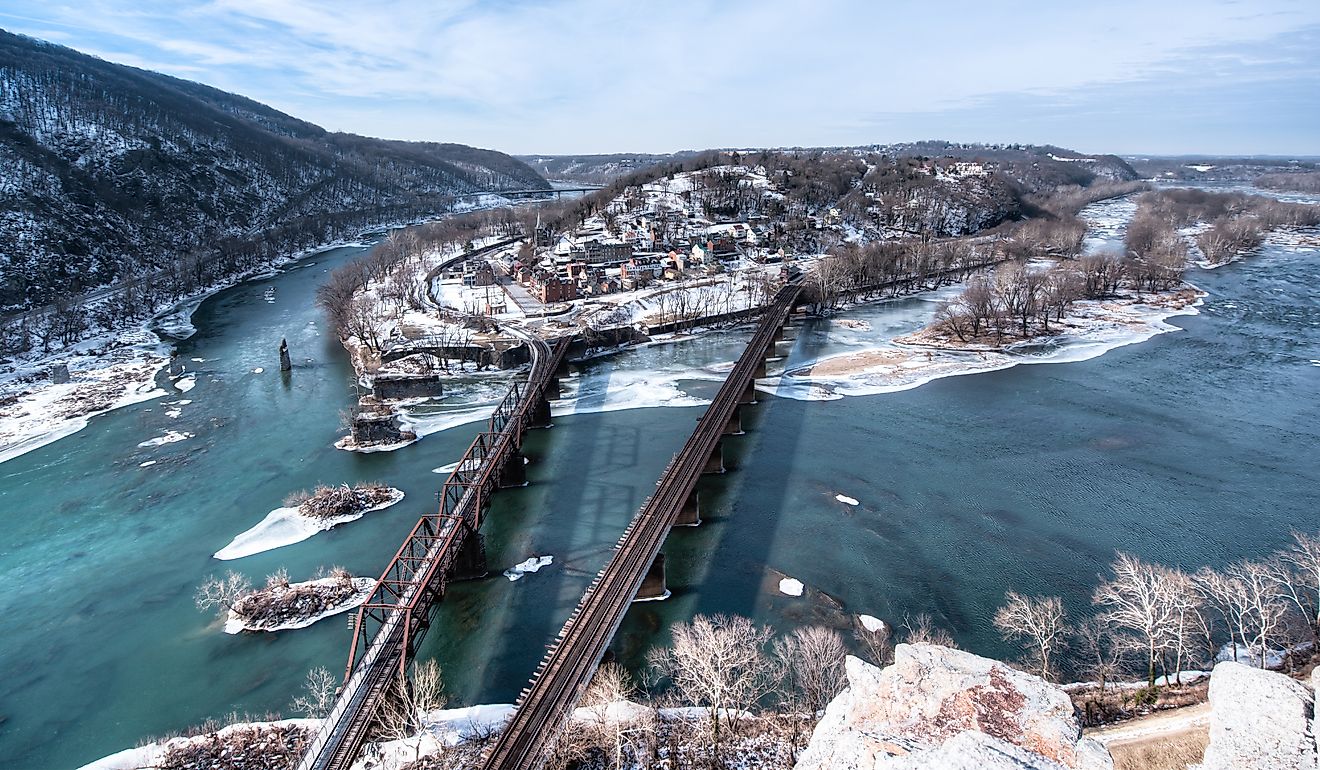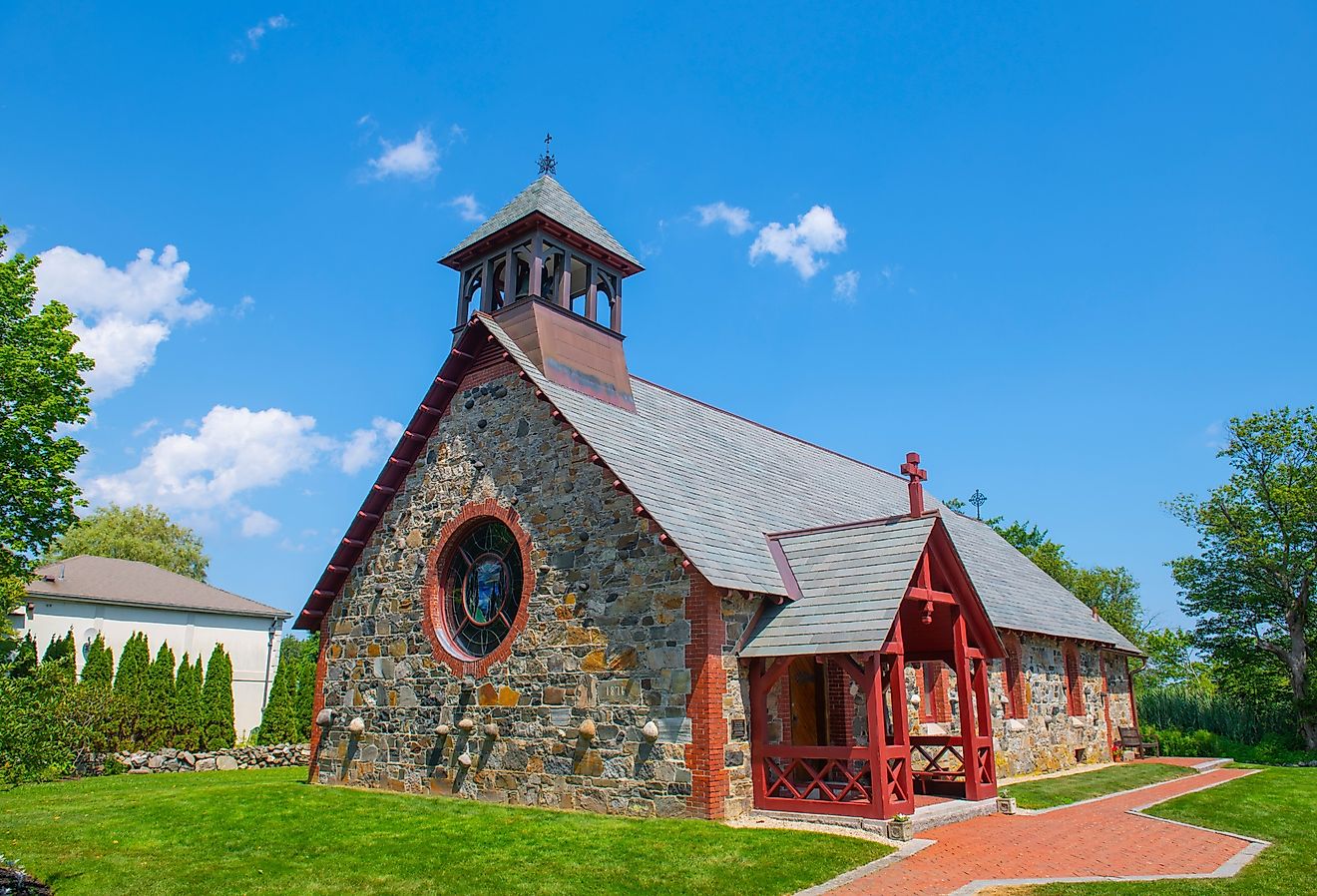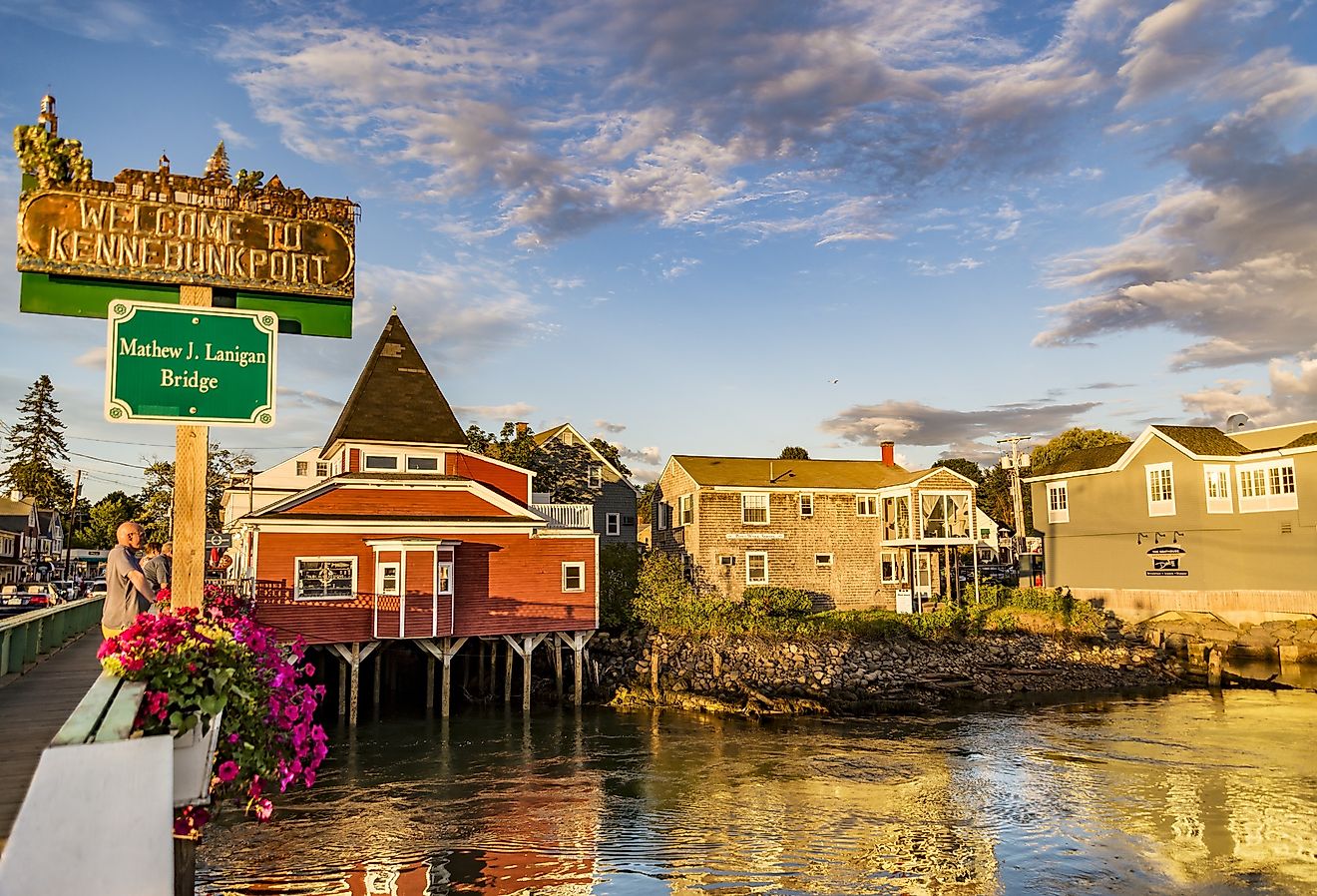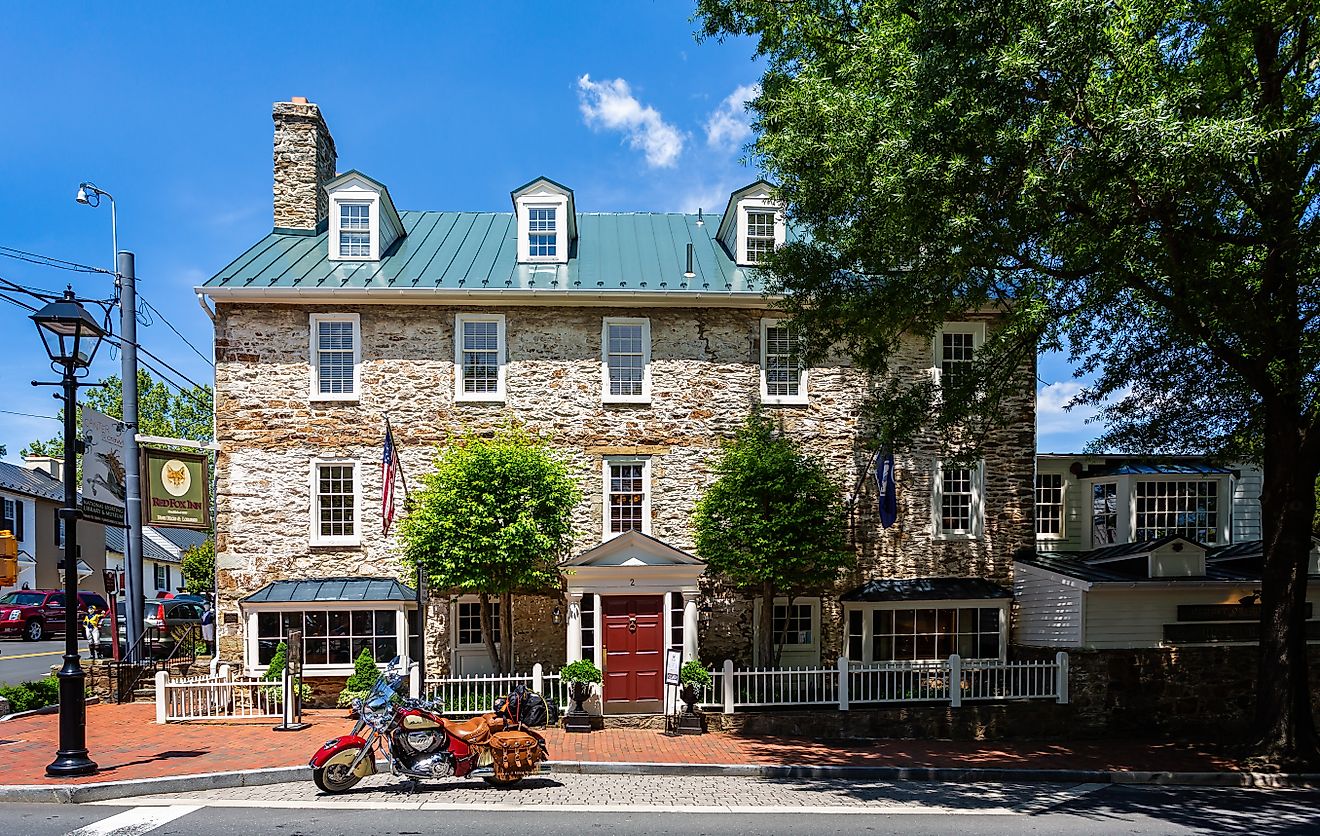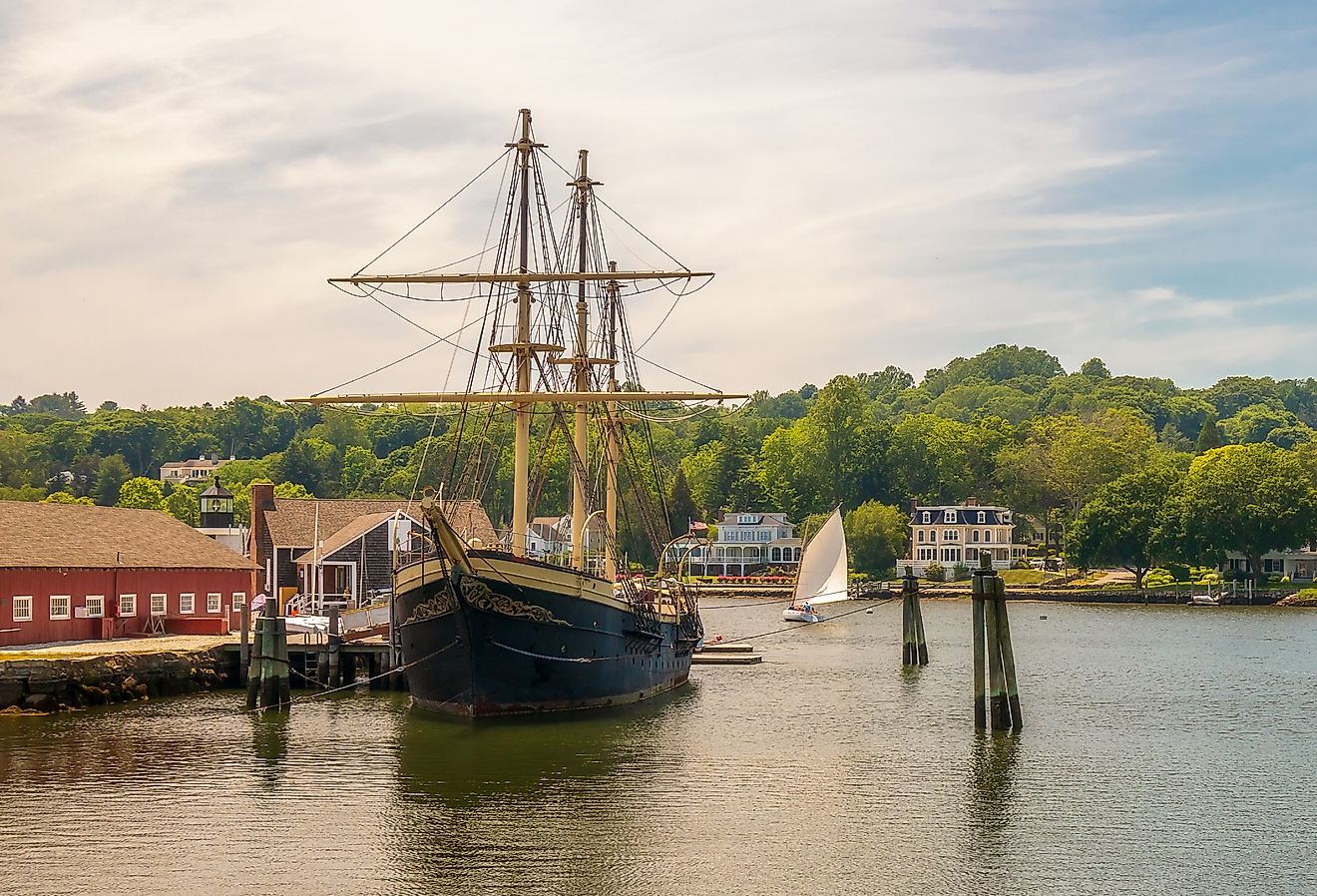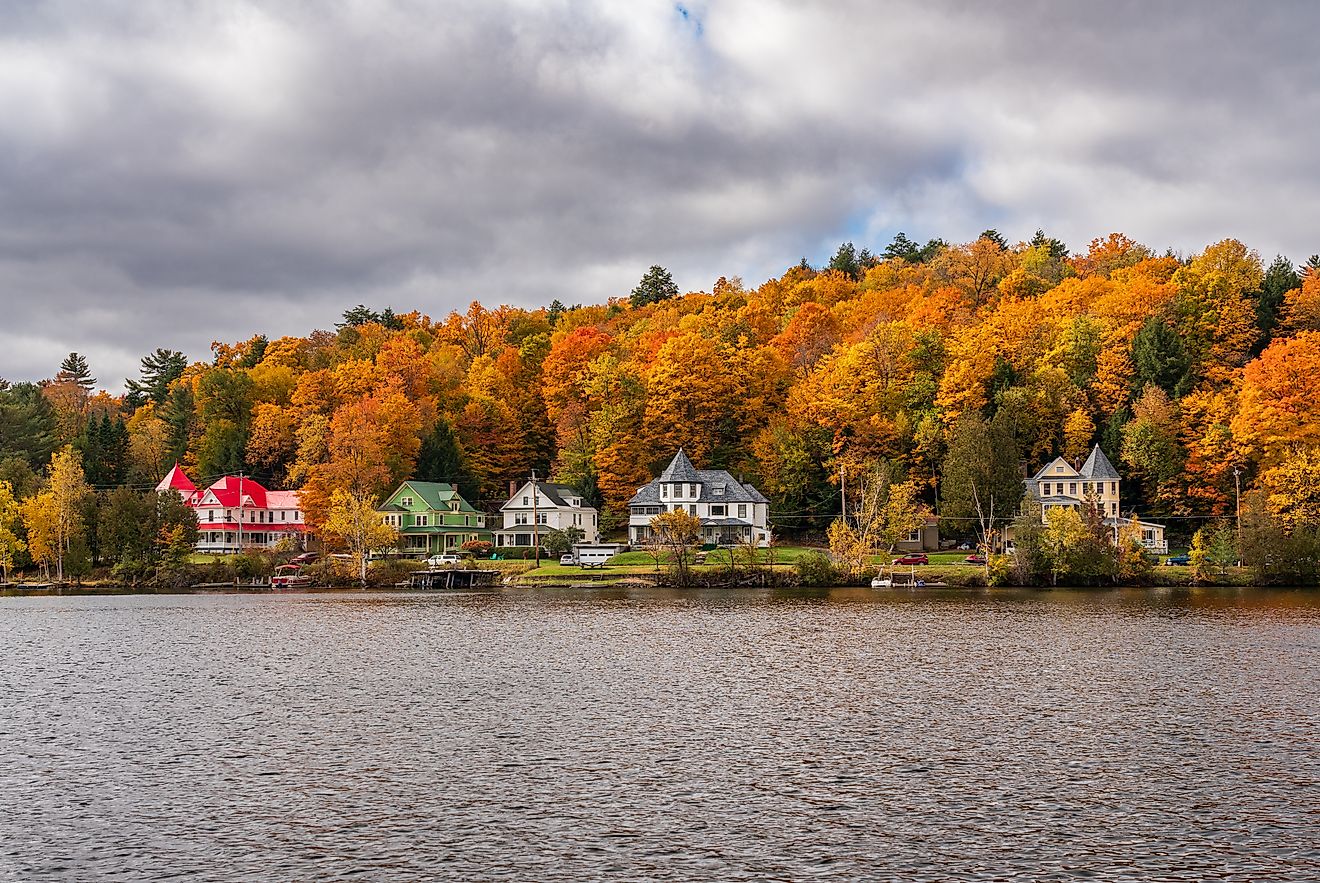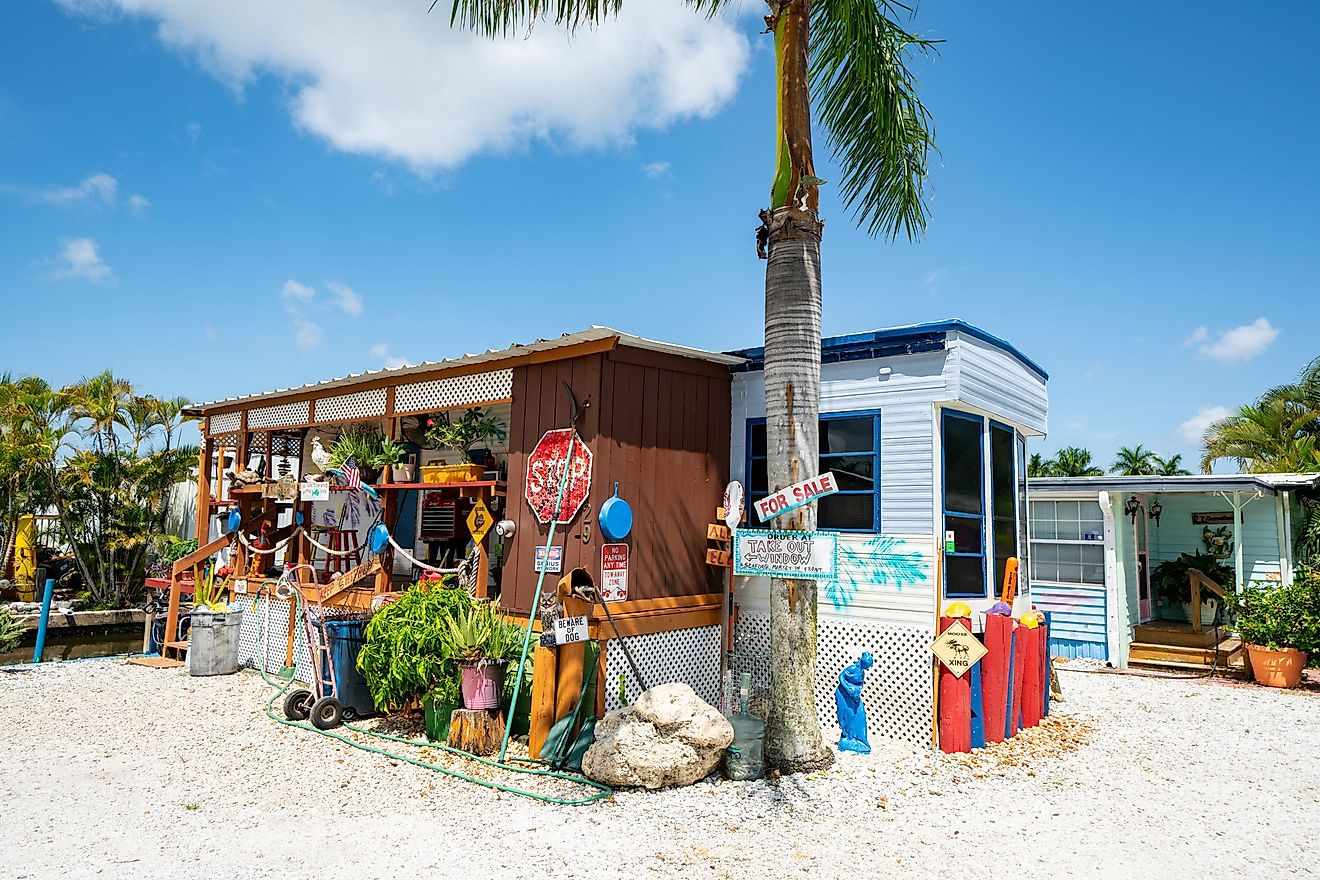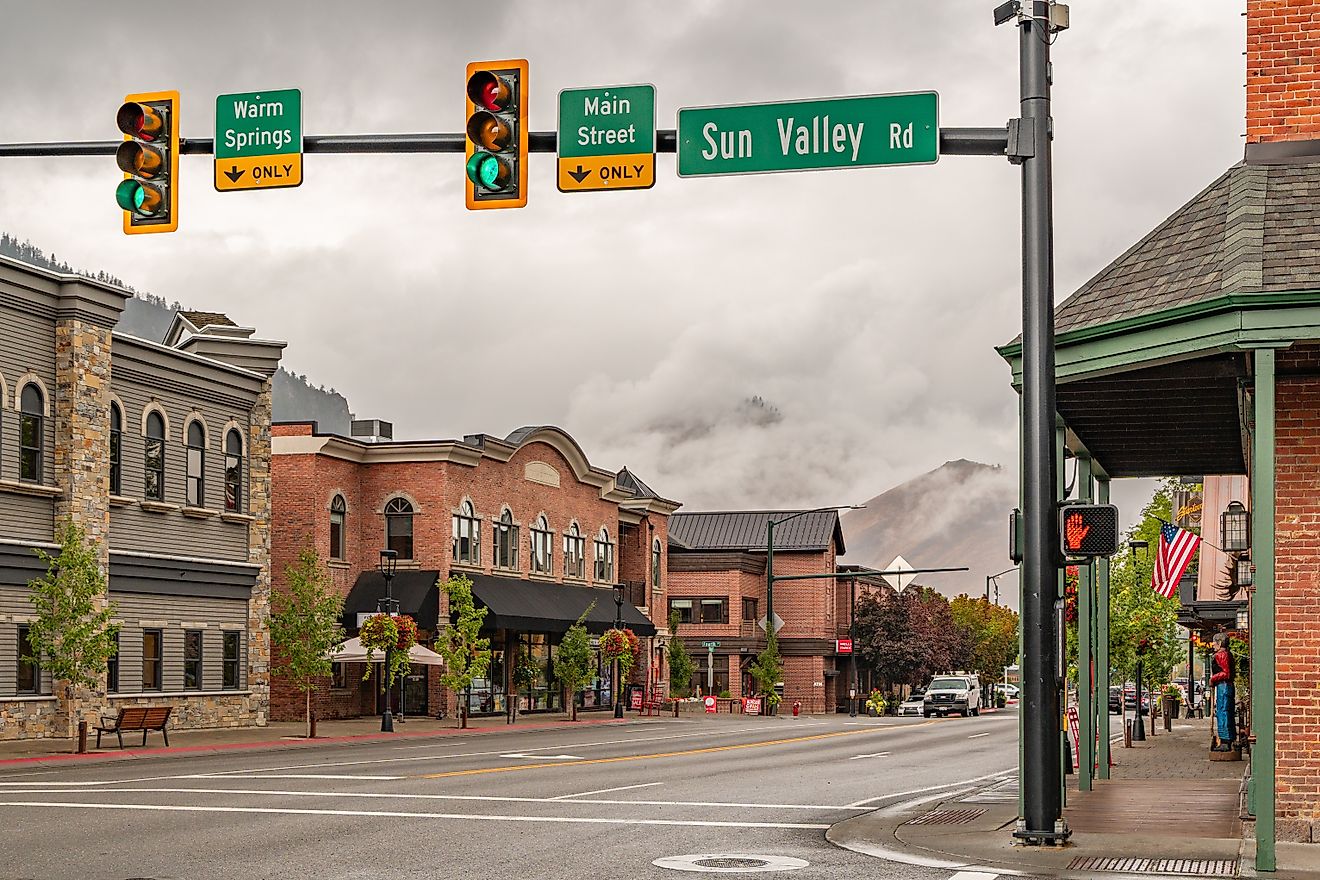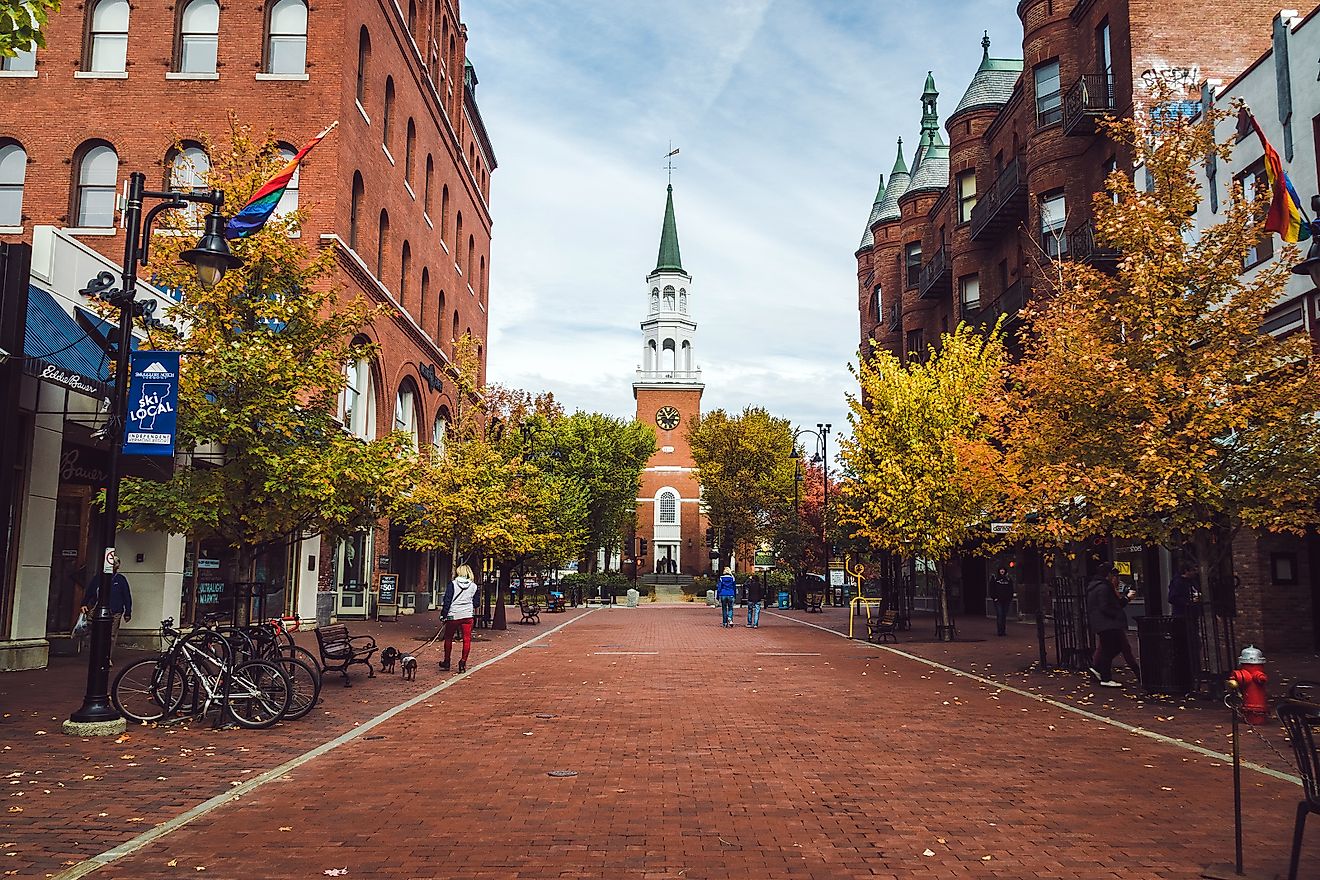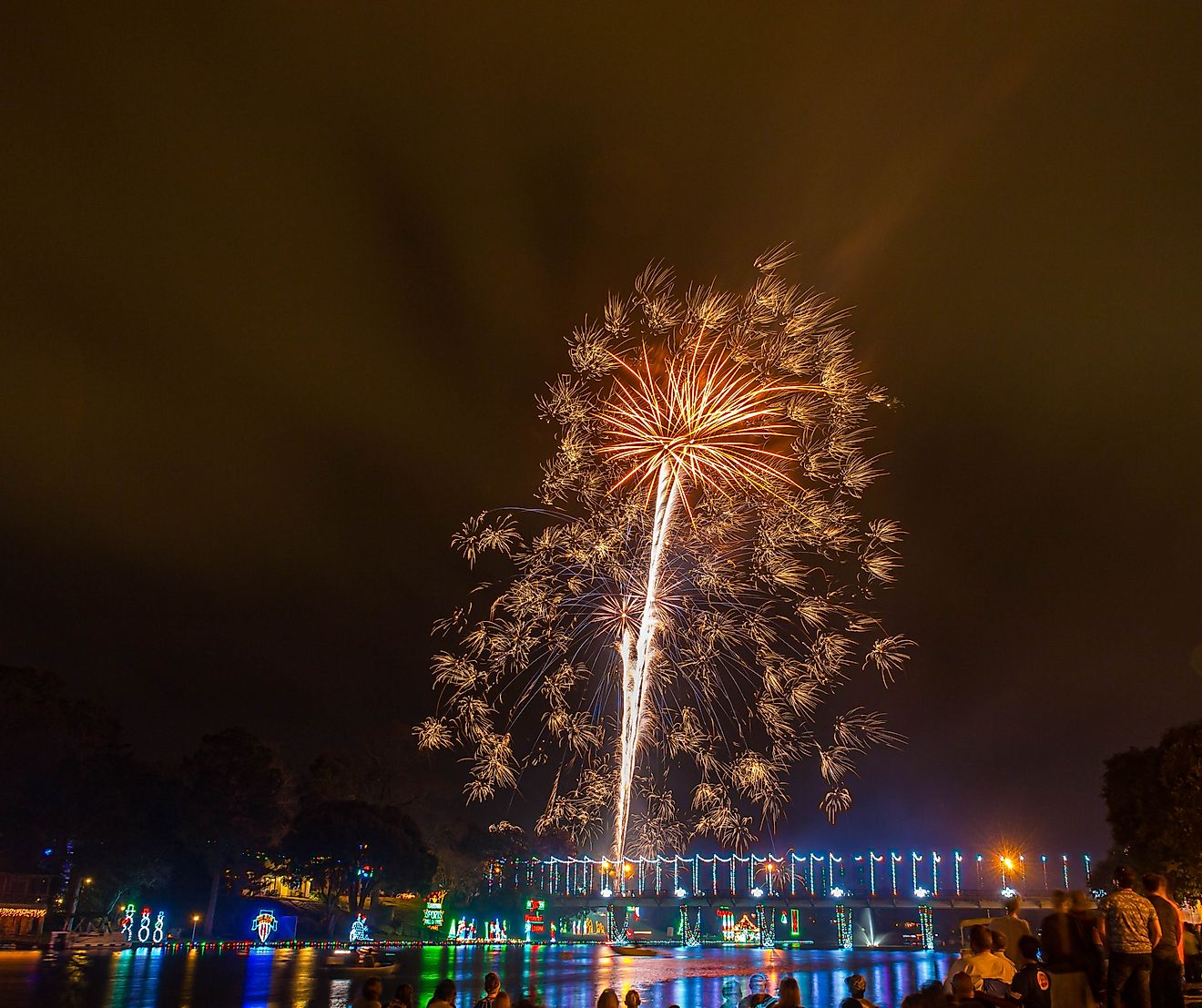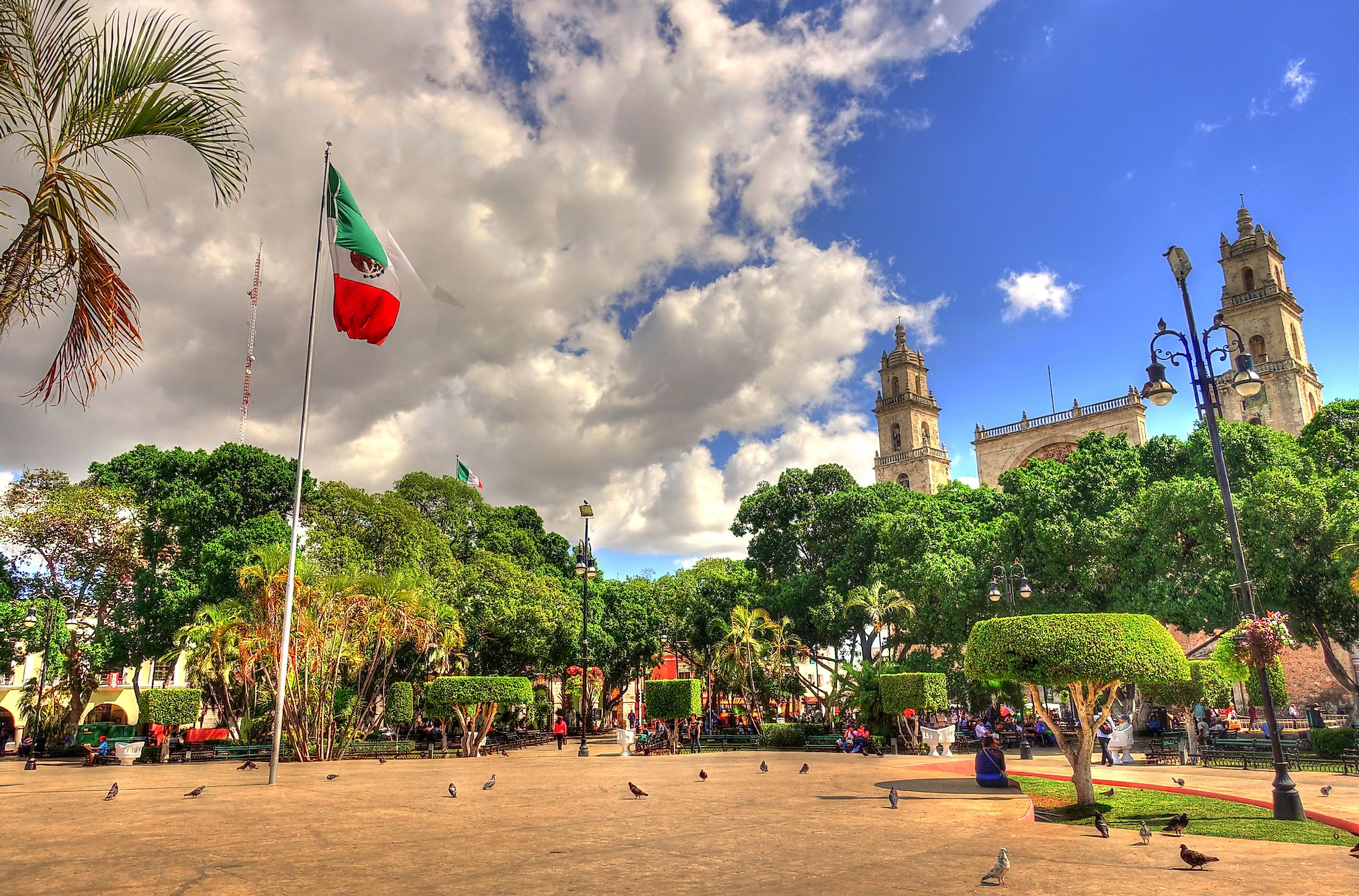
Mérida, Mexico
Merida is the largest city in the Yucatan Peninsula and is the capital of the Yucatan state of Mexico. It sits approximately 35 kilometers inland from the Gulf of Mexico, in the northwest part of the state. The population of Merida is approximately 1,160,000. Merida has a mixture of Mayan and colonial history and includes temples, ruins, nature preserves, and rich culture.
Geography And Climate Of Merida
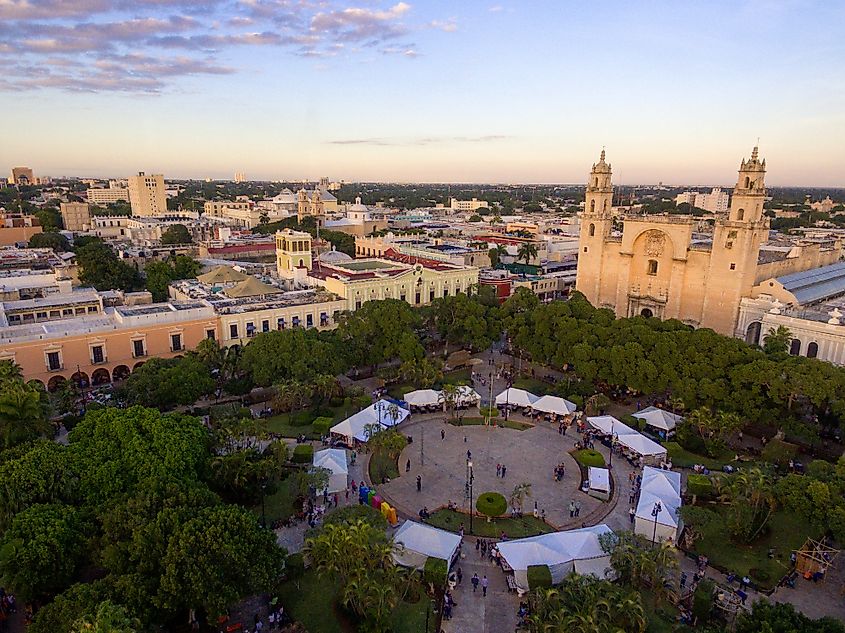
The city of Merida is very flat and has a maximum elevation of 9 meters above sea level. The main type of vegetation in the area is short scrub trees and agave fields, which have been left untamed. There is little to no surface water in the city, but several underground rivers and springs run throughout the region. The overall climate is a tropical wet and dry one. Merida also falls within the trade wind zone of the tropic of Cancer. The city is generally hot and humid, with a rainy season from June to October. This is also the time of year prone to Mexican monsoons as well as easterly waves and tropical storms.
History Of Merida
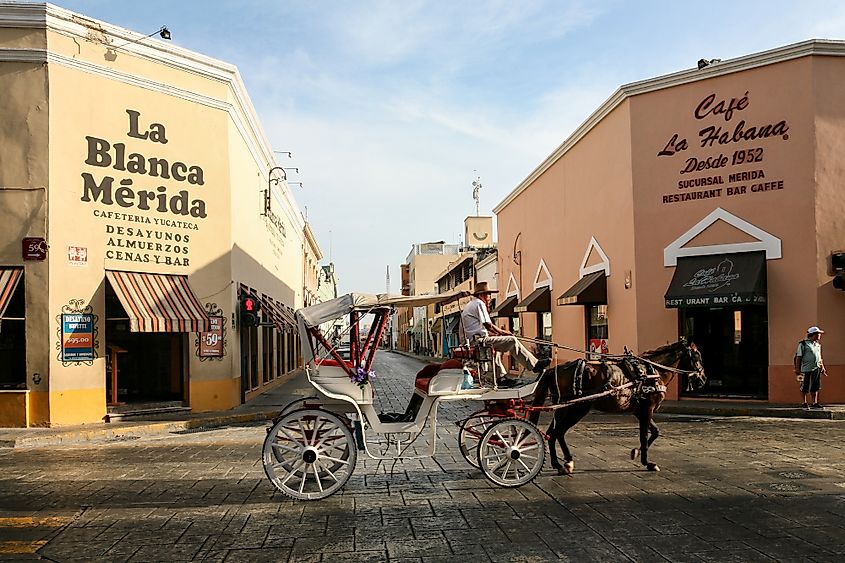
The city that is now known as Merida was formerly a Mayan city called T'ho. Remnants of this Mayan history can be seen throughout the city, in the form of temples, ruins, and culture. In 1542, a Spanish conquistador named Francisco de Montejo captured the city and gave it the name Merida after the town of Mérida in Extremadura, Spain.
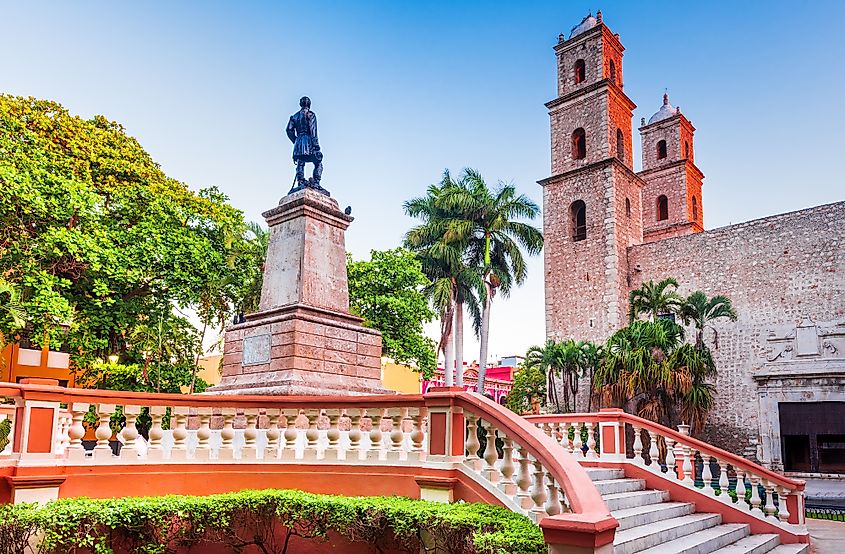
Many of the Spanish colonial buildings first built in Merida were actually constructed from the stones of former Mayan structures. These stones can be seen in old city walls. The walls were built around the city and remained through to the mid 19th century. The city is now much larger than the original walls, but ruins and remains can still be seen today. The late 19th century and the beginning of the 20th century saw a boom in Merida with the production of agave. This brought great wealth to the region, and many mansions and extravagant homes were built in the city in an area referred to as Paseo de Montejo. The sheer size of these homes means that very few are still residential, and most have been converted for other business purposes. Though the wealth boom of this period did subside, Merida continued to prosper and remains the financial capital of the Yucatan Peninsula.
Attractions In Merida
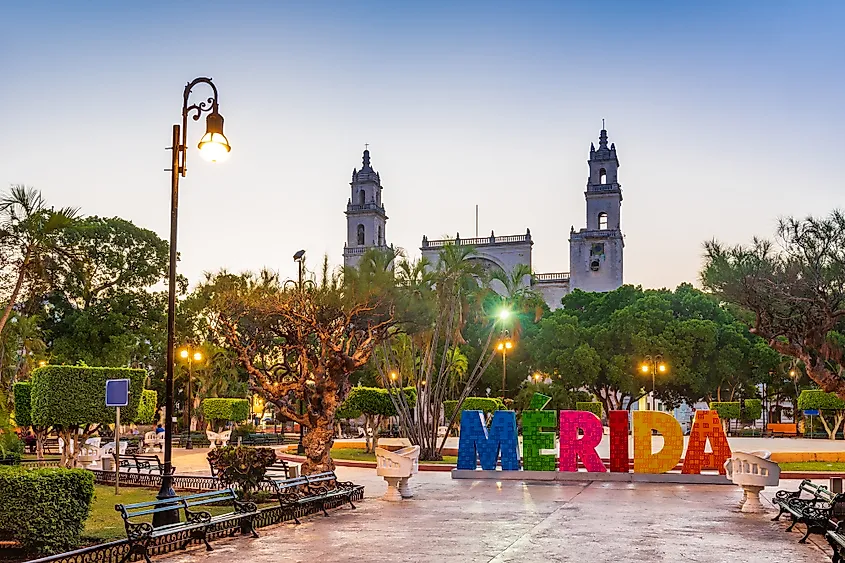
Merida has one of the largest historic districts in the Americas, after Mexico City and Havana, Cuba. Its streets are lined with impressive old buildings and a rich sense of history and culture.Some of the prominent historic homes in the city include 'Las Casas Gemelas' or twin houses, which date back to 1911. These consist of two mansions, one built in Spanish style and one made in French, each owned by the Barbachano and Molina Mendez families and still serve as residential buildings today. Both have been known to house events and prominent figures such as Princess Grace, Prince Rainier of Monaco, and former first lady Jackie Kennedy.
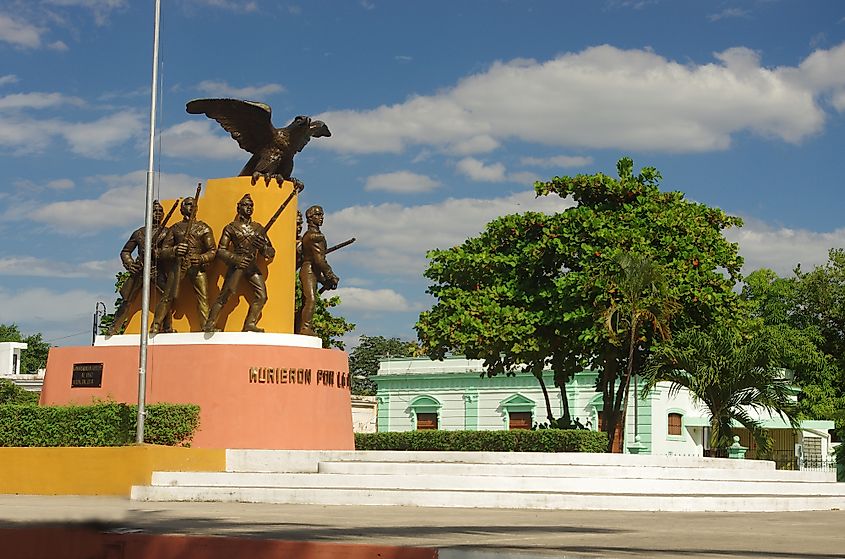
Other historical attractions include The Museum of the City of Mérida, which was moved to a renovated post office in 2007 and houses information and artifacts detailing the city's history. Other notable museums include Gran Museo del Mundo Maya, which is Yucatán's Mayan Museum; the Merida Museum of Anthropology, and the Museo de la Canción Yucateca Asociación Civil (Museum of the Yucatecan Song) which celebrates music and culture.
Culture Of Merida
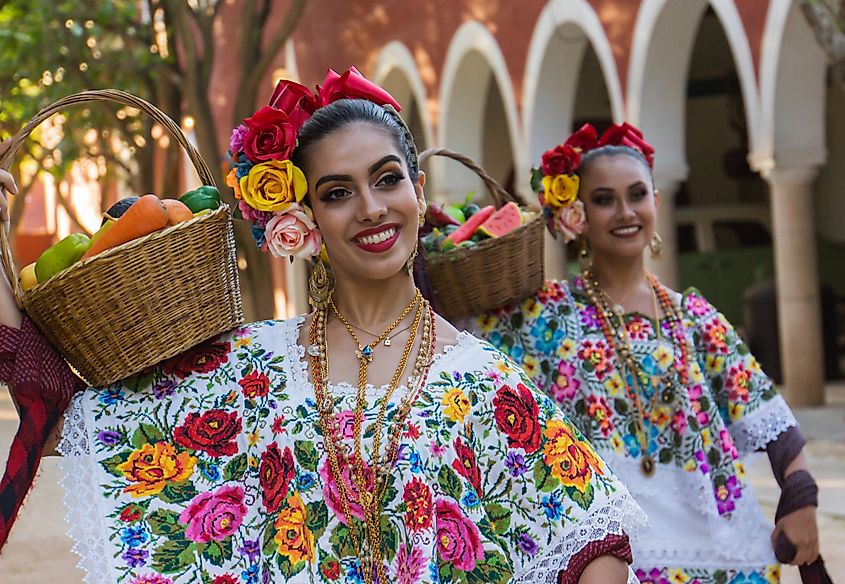
Culture is a major part of Merida and the Yucatan peninsula. The city does much to celebrate this and their history more generally. In fact, Mérida served as the American Capital of Culture in 2000 and 2017. Because of the geographical shape of the Yucatan peninsula, the region has developed a strong sense of identity and culture unique to themselves, as they were relatively cut off from the rest of Mexico.Similarly, Mayan people and culture are highly persistent, and much of the Mayan ways of life can still be seen in some form throughout the city, in speech, clothing, and traditions. Holidays in the region are also tied to Mayan traditions, including Hanal Pixan, the Mayan Day of the Dead.
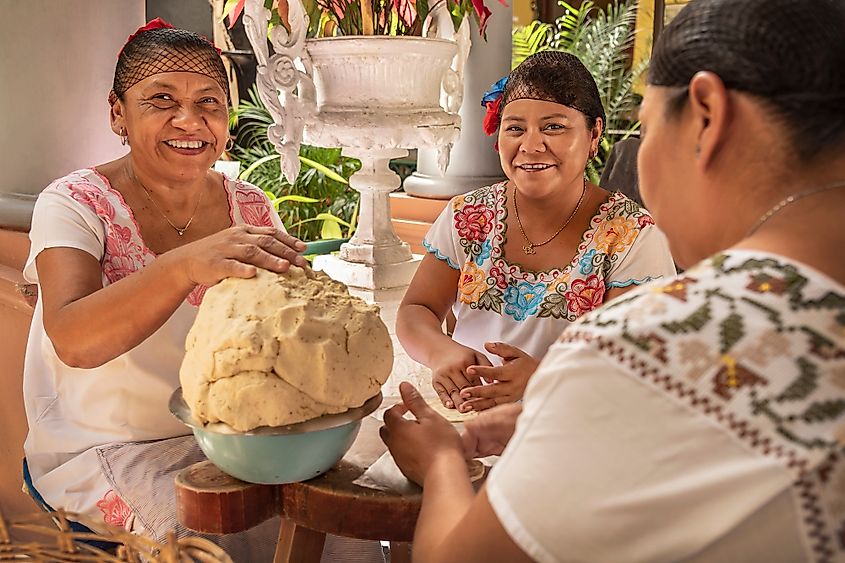
It is celebrated between October 31st and November 2nd. The holiday is highly associated with traditional foods, and food is generally important within Merida and the Yucatan region. The cuisine is significantly different from other types of Mexican food and has ties to Mayan, Caribbean, Mexican, and Spanish cuisines. Flavors such as coconut, pineapple, plum, tamarind, and mamey are commonly used.
Overall, Merida is a vibrant city with a rich history and strong colonial roots. From Mayan beginnings to Spanish colonialism and Mexican influence, it has become a cultural hub that celebrates the past.
